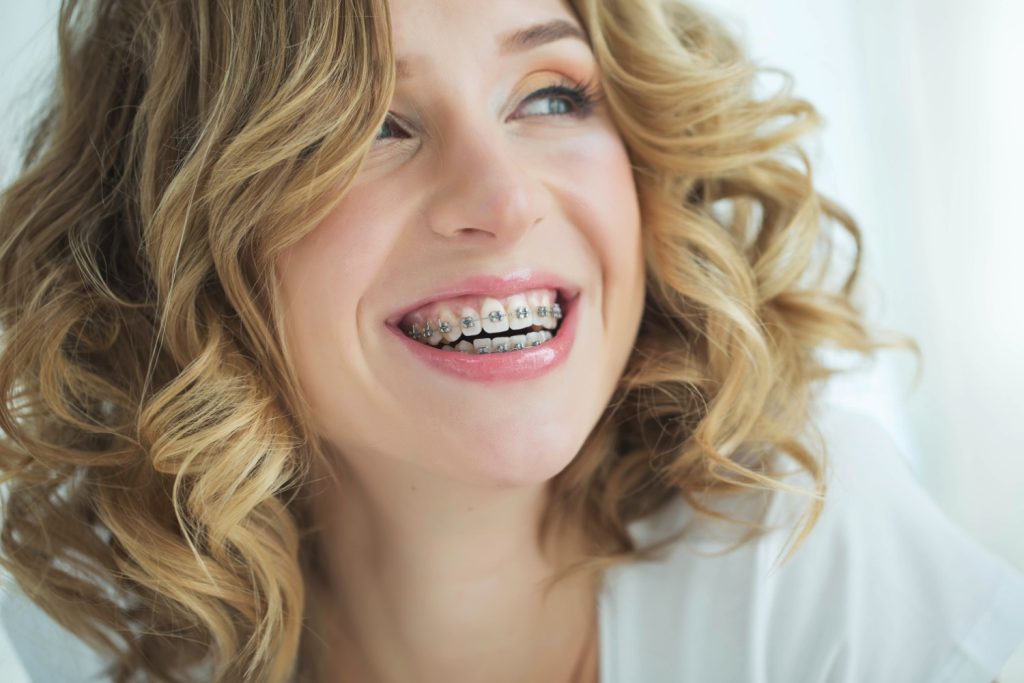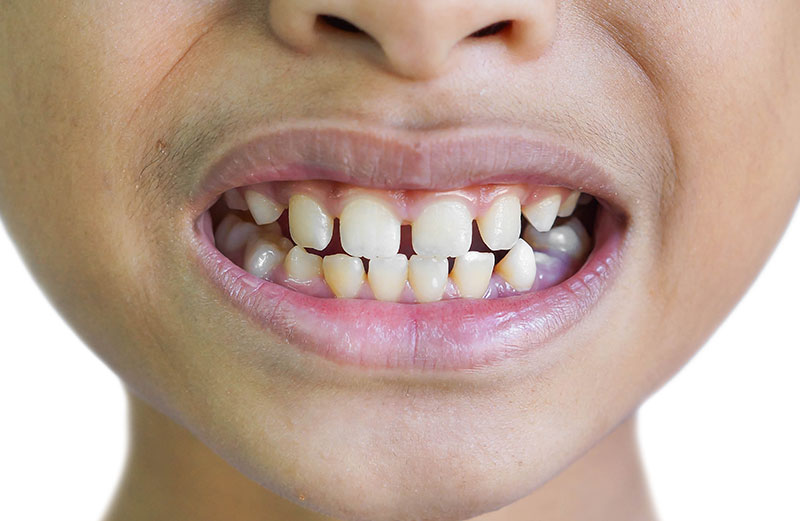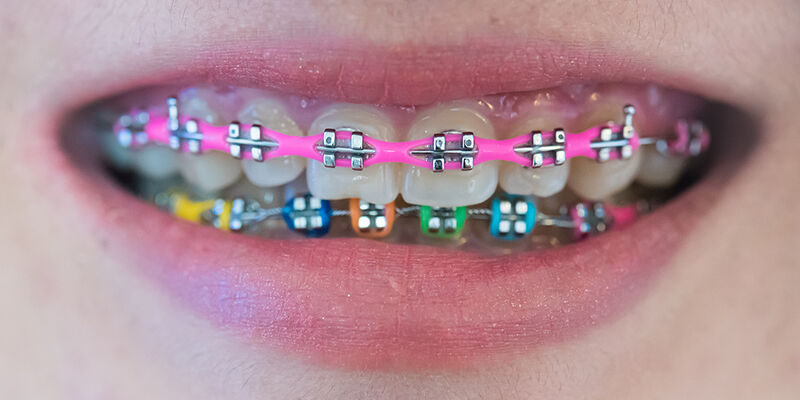Types of open bite

Open bite is a type of malocclusion where there is a gap between the upper and lower teeth when the mouth is closed. This condition can affect both dental function and aesthetics, leading to challenges with chewing, speaking, and self-esteem. Open bite can manifest in several forms, each with unique characteristics and underlying causes. This article provides a comprehensive overview of the different types of open bite, their causes, and potential treatment options.
What is an Open Bite?
An open bite occurs when the upper and lower teeth do not come into contact when the mouth is closed. This can be due to issues with the teeth (dental open bite) or the jaws (skeletal open bite). Open bites can be classified into various types based on their location and the underlying causes.
Types of Open Bite
1. Anterior Open Bite
Description: An anterior open bite is characterized by a gap between the upper and lower front teeth when the back teeth are in contact.
Causes:
- Genetics: Family history of dental malocclusions.
- Thumb Sucking: Prolonged thumb sucking in childhood can push the front teeth out of alignment.
- Tongue Thrusting: Habitual tongue thrusting, where the tongue presses against the front teeth during swallowing, can cause the teeth to move forward.
- Mouth Breathing: Chronic mouth breathing due to nasal obstructions or allergies can affect the position of the front teeth.
Treatment:
- Behavioral Modification: Addressing habits like thumb sucking and tongue thrusting.
- Orthodontic Treatment: Braces or clear aligners like Invisalign to move the teeth into proper alignment.
- Myofunctional Therapy: Exercises to correct tongue posture and swallowing patterns.
2. Posterior Open Bite
Description: A posterior open bite is characterized by a gap between the upper and lower back teeth when the front teeth are in contact.
Causes:
- Genetics: Inherited jaw structure that leads to misalignment.
- Temporomandibular Joint Disorders (TMD): Issues with the jaw joint can cause misalignment of the back teeth.
- Dental Trauma: Injury to the back teeth or jaw can result in an open bite.
Treatment:
- Orthodontic Treatment: Braces or aligners to correct the alignment of the back teeth.
- Jaw Surgery: In severe cases, surgical intervention may be necessary to reposition the jaw.
- Dental Restorations: In some cases, dental restorations like crowns or onlays may be used to correct the bite.
3. Skeletal Open Bite
Description: A skeletal open bite is caused by discrepancies in the growth and alignment of the jawbones, resulting in a gap between the upper and lower teeth.
Causes:
- Genetics: Family history of skeletal malocclusions.
- Growth Patterns: Abnormal growth patterns of the upper or lower jaw.
- TMD: Temporomandibular joint disorders can affect jaw alignment.
Treatment:
- Orthodontic Treatment: Braces or aligners to move the teeth into alignment.
- Jaw Surgery: Orthognathic surgery to reposition the jawbones and correct the bite.
- Combination Therapy: Often, a combination of orthodontic treatment and surgery is required.
4. Dental Open Bite
Description: A dental open bite is caused by problems with the teeth themselves, rather than the jawbones.
Causes:
- Prolonged Use of Pacifiers: Extended use of pacifiers during childhood can push the teeth out of alignment.
- Improper Tooth Eruption: Teeth that do not erupt properly can lead to an open bite.
- Habits: Thumb sucking, tongue thrusting, and mouth breathing.
Treatment:
- Behavioral Modification: Addressing habits that contribute to the open bite.
- Orthodontic Treatment: Braces or aligners to move the teeth into alignment.
- Dental Restorations: In some cases, dental restorations may be used to correct the bite.
5. Mixed Open Bite
Description: A mixed open bite involves a combination of both dental and skeletal factors leading to a gap between the upper and lower teeth.
Causes:
- Combination of Factors: Genetic predisposition combined with behavioral habits or dental issues.
Treatment:
- Comprehensive Evaluation: A thorough evaluation to identify all contributing factors.
- Orthodontic Treatment: Braces or aligners to correct dental alignment.
- Surgical Intervention: In cases with significant skeletal discrepancies, surgery may be necessary.
- Multidisciplinary Approach: Involving orthodontists, oral surgeons, and other specialists to address all aspects of the condition.
Diagnosing Open Bite
Accurate diagnosis of an open bite is essential for effective treatment. Diagnosis typically involves:
- Clinical Examination: A thorough examination of the teeth, jaws, and facial structure.
- Dental Impressions: Taking impressions of the teeth to create models for evaluation.
- Radiographic Imaging: X-rays, CT scans, or 3D imaging to assess the position of the teeth and jaws.
- Functional Assessment: Evaluating the patient’s bite, chewing function, and speech.
Treatment Options for Open Bite
Treatment for open bite varies depending on the type and severity of the condition. Common treatment options include:
Orthodontic Treatment
- Braces: Traditional metal braces or clear ceramic braces to move the teeth into proper alignment.
- Invisalign: Clear aligners that are custom-made to gradually move the teeth.
- Retainers: Used after orthodontic treatment to maintain the new alignment of the teeth.
Myofunctional Therapy
- Exercises: Specific exercises to correct tongue posture and swallowing patterns.
- Behavioral Modification: Techniques to eliminate habits like thumb sucking and tongue thrusting.
Surgical Intervention
- Jaw Surgery: Orthognathic surgery to reposition the jaws and correct skeletal discrepancies.
- Dental Surgery: Procedures to address dental issues contributing to the open bite.
Dental Restorations
- Crowns and Onlays: Used to correct the alignment of individual teeth.
- Bonding and Veneers: Cosmetic procedures to improve the appearance and function of the teeth.
Conclusion
Open bite is a complex dental condition with various types and underlying causes. Understanding the specific type of open bite and its contributing factors is crucial for determining the most effective treatment approach. Whether it involves orthodontic treatment, myofunctional therapy, surgical intervention, or a combination of these methods, early diagnosis and intervention can significantly improve dental function, aesthetics, and overall quality of life. If you suspect you or your child has an open bite, consult with a qualified orthodontist or dental specialist to explore the best treatment options.
Related to read:
Best Oral Hygiene Practices For Optimum Oral Health.
How to Whiten Teeth Naturally?
How to keep your gums healthy and disease-free?
References
To ensure the information provided is accurate and up-to-date, the following sources were referenced:
- American Dental Association. (n.d.). Plaque and Tartar. Retrieved from ADA website
- Mayo Clinic. (n.d.). Dental Plaque. Retrieved from Mayo Clinic website
- National Institute of Dental and Craniofacial Research. (n.d.). Periodontal (Gum) Disease. Retrieved from NIDCR website








